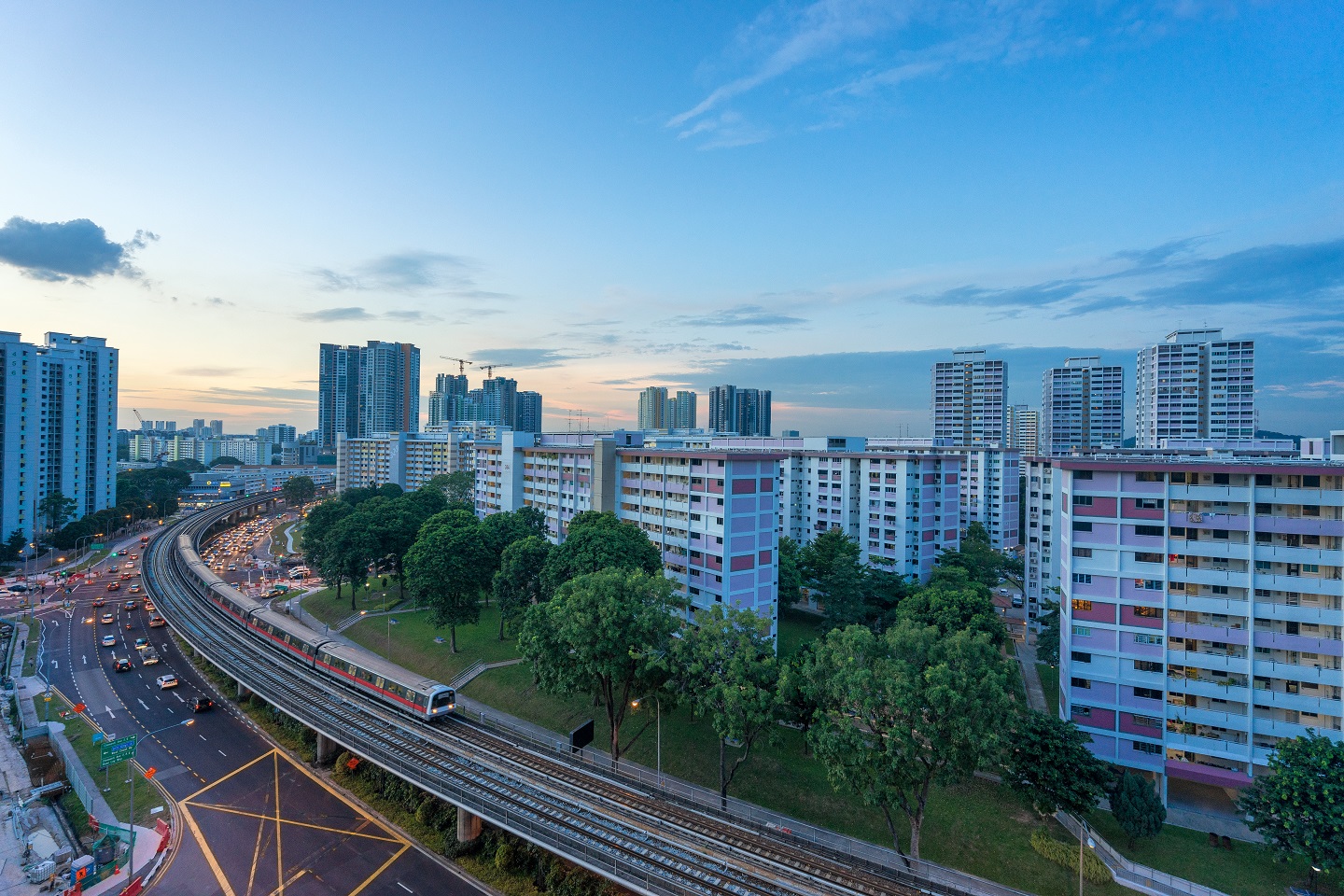
Singapore’s Land Transport Authority (LTA) has concluded Phase One of the Singapore Rail Test Centre (SRTC), which is said to be Southeast Asia’s first train testing centre.
The SRTC was formerly known as the Integrated Train Testing Centre.

Discover B2B Marketing That Performs
Combine business intelligence and editorial excellence to reach engaged professionals across 36 leading media platforms.
This centre, which occupies an area of approximately 50ha, will undertake extensive testing and commissioning of trains and other key railway systems for both new and current rail lines.
Phase One of the SRTC comprised the development of its high-speed test track. The first two Circle Line 6 trains are presently being tested and commissioned by the SRTC.
The second phase of the SRTC will see the development of two additional test tracks, comprising a 3km endurance looped track and a 2.8km performance and integration looped track, along with the three-storey Administration Building, Operations Control Centre Building, and maintenance and renovation workshops.
The SRTC is expected to be completed in 2025 and is believed to be important to the LTA’s efforts to renew, modernise, and broaden its rail network.

US Tariffs are shifting - will you react or anticipate?
Don’t let policy changes catch you off guard. Stay proactive with real-time data and expert analysis.
By GlobalDataOnce complete, the SRTC will operate as a comprehensive testing platform for several railway systems before they are officially implemented on main lines. Testing will include signalling, communications, and integrated supervisory control systems.
Being designed to the Building and Construction Authority’s (BCA) Green Mark Platinum certification, the centre will include energy-saving equipment in its design and operations.
LED lights, solar panels, and a hybrid cooling system are some of these energy-saving features.
Bicycle storage areas and protected linkways will also be created to improve sustainable mobility within the centre and to promote walking and cycling.





